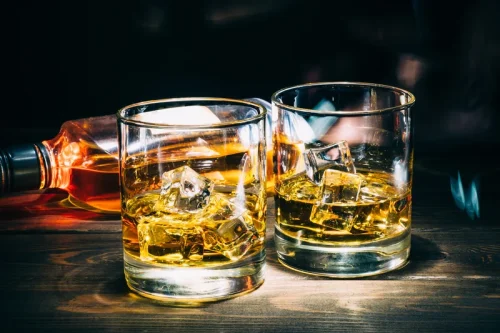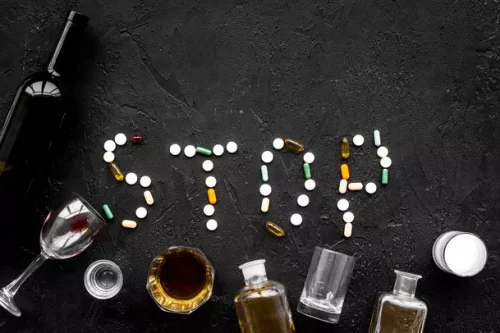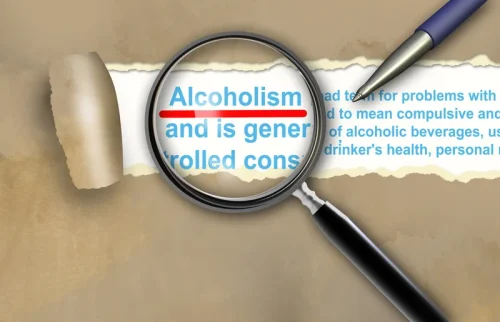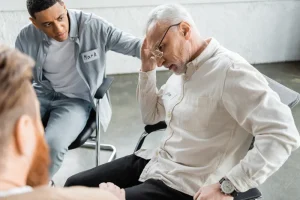• Avoid situations where people are likely to use drugs or alcohol. As you work with your sponsor to begin your recovery steps again, it may feel as though you are starting at square one. Remind yourself what to do after a relapse that you are in a different place now than you were when you began recovery. Though the steps may seem repetitive, you have changed and can benefit in new ways when you take the steps again.
- — stuck inside a brain that covets relief, any form of relief, and will do just about anything to get it.
- If they relapse and use the same dose that they used during active addiction, their risk of overdose is high.
- However, in most cases, the signs were there long before you used again.
- But sometimes people don’t even realize they took fentanyl in counterfeit Adderall or Xanax pills or while smoking meth.
- Thankfully, there’s a step-by-step process that can help you do just that.
Do cocaine addicts recover?
One of the most important ways to prevent and treat a relapse is through social support. By practicing relapse prevention techniques, you can develop ways to avoid these triggers altogether https://ecosoberhouse.com/ or discover how to deal with them in a way that supports your recovery. Before you can move forward after a relapse, it’s important to look at why the relapse occurred in the first place.
Attend Meetings & Build a Stronger Support Group
During this stage, the individual begins thinking about using cocaine again. They will likely want to continue with their recovery process but will begin rationalizing and bargaining with themselves about potential cocaine use. Research also shows that people in early recovery are at a higher risk of relapse than someone with a sustained period of sobriety. Studies show that a person who has completed treatment remains at a higher risk of relapse (approximately 50 percent) for the first 12 weeks after leaving treatment. For those in recovery from alcohol use disorder, rates of relapse are as high as 90 percent. You may find—besides stopping alcohol consumption—other negative behaviors and feelings still exist because they have not been addressed in a healthy way.
The “High-Risk Situation”: Relapse Triggers
For one, it bolsters self-respect, which usually comes under siege after a relapse but helps motivate and sustain recovery and the belief that one is worthy of good things. Too, maintaining healthy practices, especially getting abundant sleep, fortifies the ability to ride out cravings and summon coping skills in crisis situations, when they are needed most. Mutual support groups are usually structured so that each member has at least one experienced person to call on in an emergency, someone who has also undergone a relapse and knows exactly how to help. Some people arrange a tight network of friends to call on in an emergency, such as when they are experiencing cravings. Since cravings do not last forever, engaging in conversation about the feelings as they occur with someone who understands their nature can help a person ride out the craving. Relapse is most likely in the first 90 days after embarking on recovery, but in general it typically happens within the first year.
For instance, you might switch from hard alcohol to beer with lower alcohol content or maybe reduce your drinking from six days a week to two. Cultivating new relationships also involves engaging in sober activities and community events, which can lead to connections with others who share similar values and lifestyles. Shame is more internally focused, reflecting on one’s self-identity. Unlike guilt, shame can be destructive, potentially perpetuating dysfunctional patterns and avoidance of responsibility. Guilt typically arises from recognizing the impact of one’s actions on others. It can be constructive if it leads to making amends and avoiding dysfunctional behaviors.
- • Avoid situations where people are likely to use drugs or alcohol.
- Choose to get help, even though shame often deters people from doing so.
- Our physician-led, evidence-based rehab programs include medical detox, inpatient and outpatient rehab, and a full continuum of care in between.
- While they may seem like two simple and very similar words, there is a significant difference between being sober and being in recovery.
- They have specialized training to help people recover from these episodes and return to recovery.






